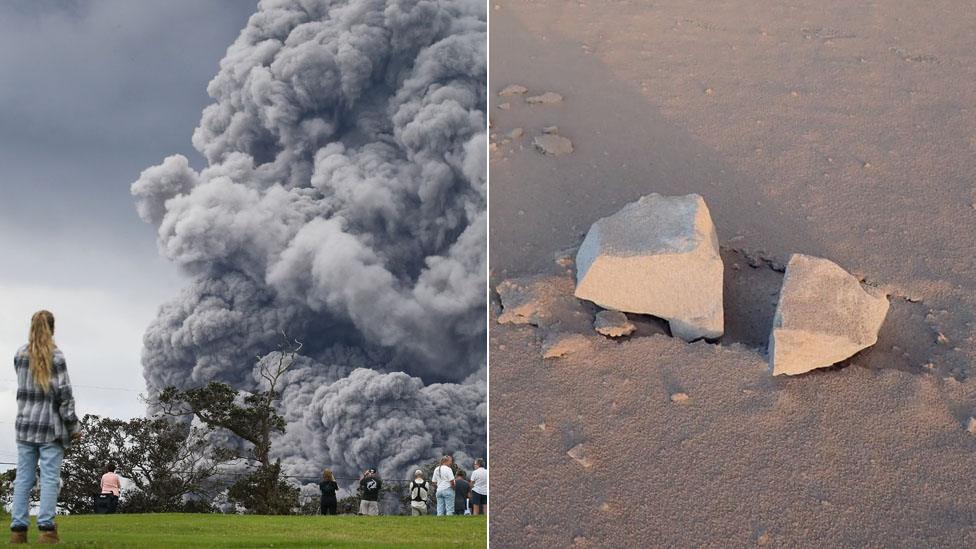Hawaii volcano: Warning of toxic gas plumes from Kilauea
- Published
Lava flow hits the sea creating toxic laze, or vog, on Kilauea
People in Hawaii are facing fresh warnings over toxic fumes produced when molten rock flows into the ocean, as the state continues to battle eruptions from the Kilauea volcano.
Officials say two lava flows have reached the Pacific, creating thick hazardous clouds known as "laze".
The clouds contain hydrochloric acid and glass particles which can cause irritation and breathing difficulties.
The US Geological Survey describes laze as a "hot, corrosive, gas mixture".
When molten lava hits seawater, the chemical reaction can create "hazy and noxious conditions", the USGS said in a statement.
It added that "even the wispy edges" of the clouds were enough to cause irritation.
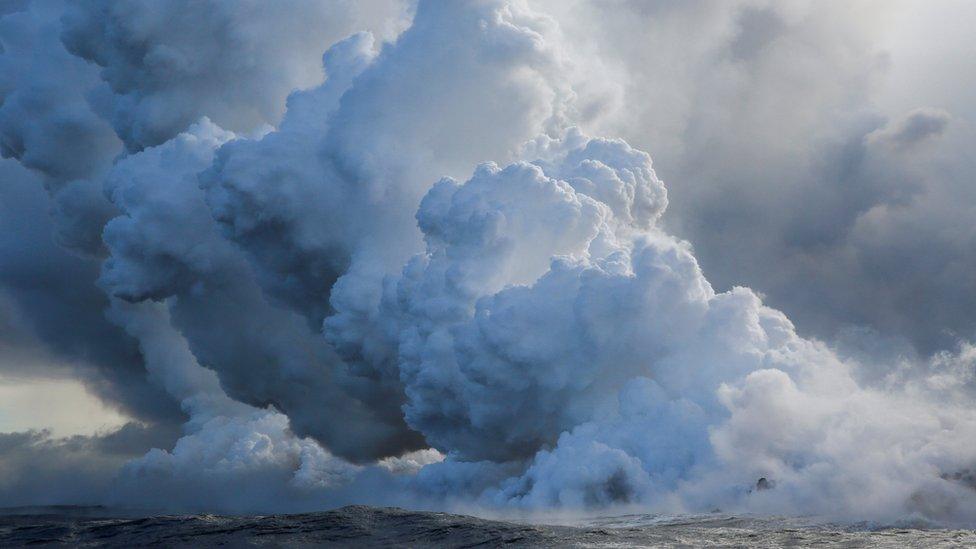
The toxic "laze" plumes can cause irritation and breathing difficulties, officials say
Kilauea, on Hawaii's Big Island, erupted at the beginning of May and the situation for residents has steadily been worsening.
Authorities have warned that toxic volcanic gas emissions "have tripled as a result of the [recent] eruptions".
"Stay away from any ocean plume. The plume travels with the wind and can change direction without warning," Hawaii's Civil Defense Agency said.
It said roads had been closed and it warned people to avoid affected areas, adding that the US Coast Guard was monitoring the situation.
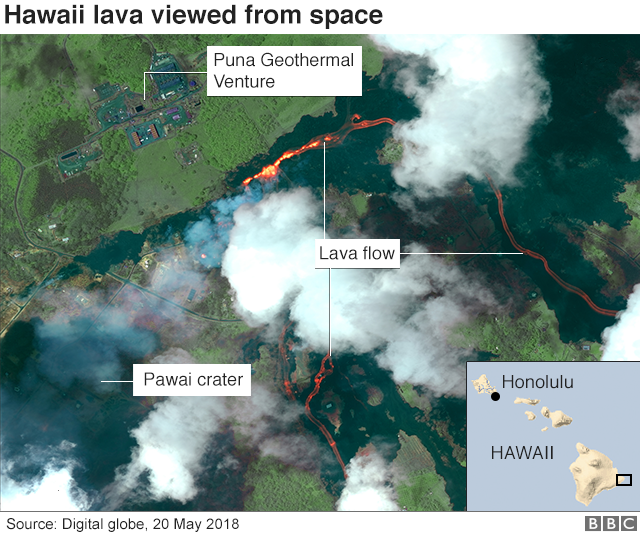
On Sunday, the first serious injury was reported when a man was hit by "lava spatter" - projectile molten rock - while sitting on his balcony.
"It hit him on the shin and shattered everything there down on his leg," a spokeswoman for the county mayor said of the incident.
Lava spatters can weigh "as much as a refrigerator", she told Reuters.
A wall of lava has also blocked part of a coastal road, cutting off a key escape route for residents and hampering evacuations.
Unpredictable lava
Geologists are warning that the behaviour of the lava flows remains unpredictable, and are urging residents to obey all warnings from Hawaii's civil defence.
At the summit, a large explosion happened at around midnight on Friday night into Saturday, sending a plume of volcanic gas some 10,000ft (2 miles; 3km) into the air.
Thousands of people have left their homes in some areas of the island and bush fires have also broken out in several areas.
Despite safety concerns in some residential areas - and worries that volcanic ash could interfere with air travel - Hawaii's business community has stressed that many tourist activities remain open, as do the island's airports.
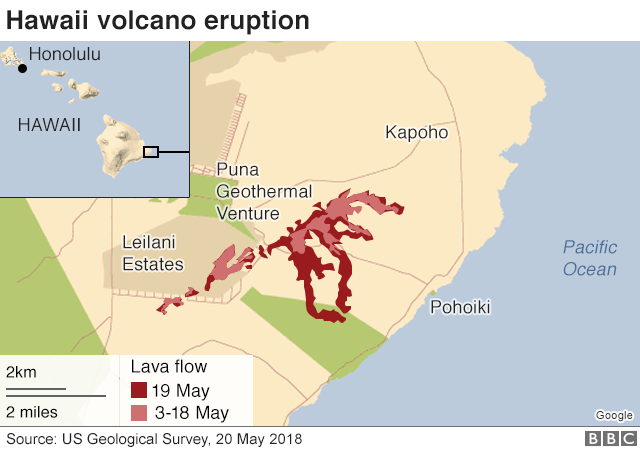
- Published20 May 2018
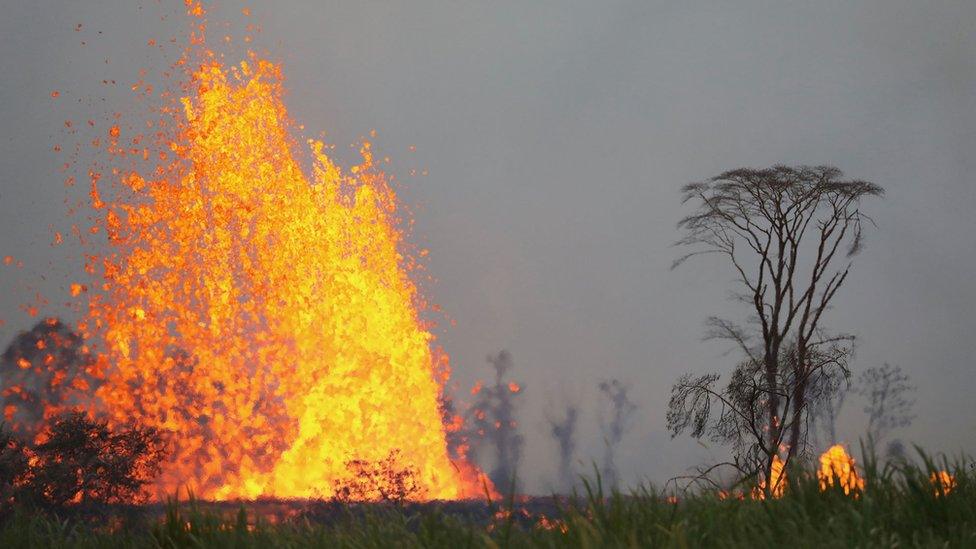
- Published20 May 2018
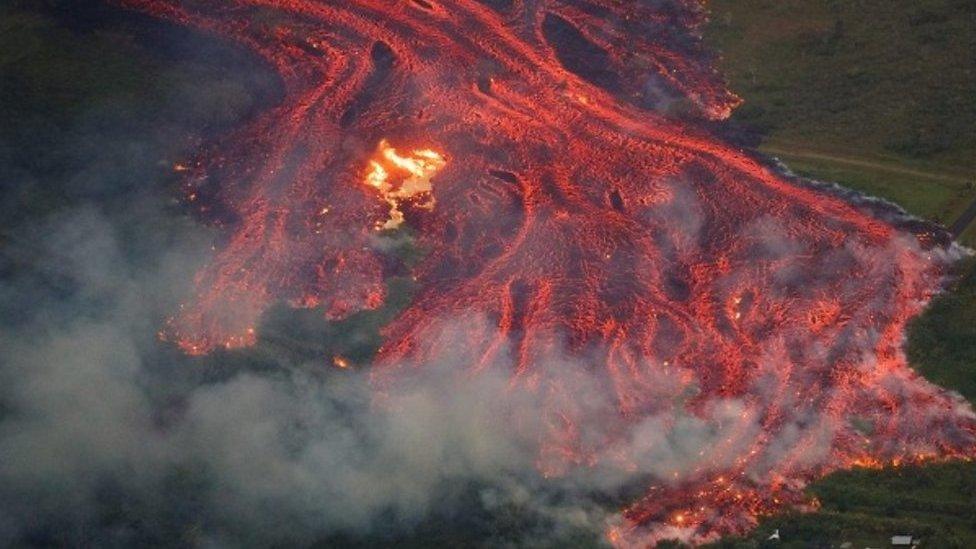
- Published19 May 2018
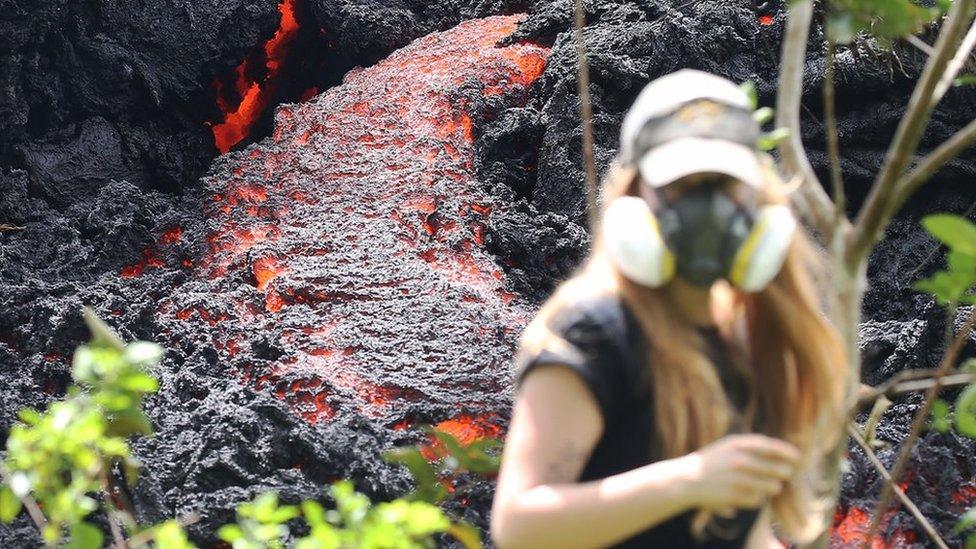
- Published15 May 2018
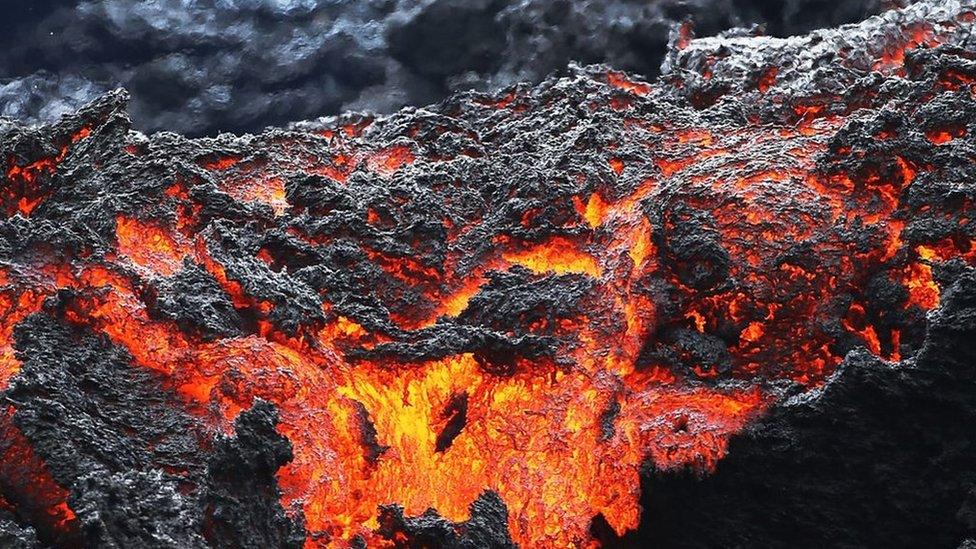
- Published7 May 2018
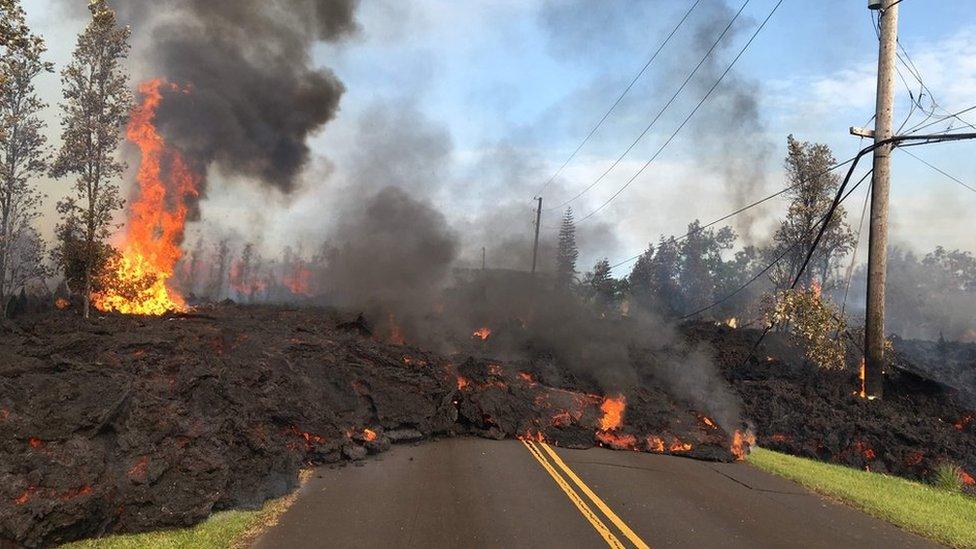
- Published17 May 2018

- Published18 May 2018

- Published10 May 2018
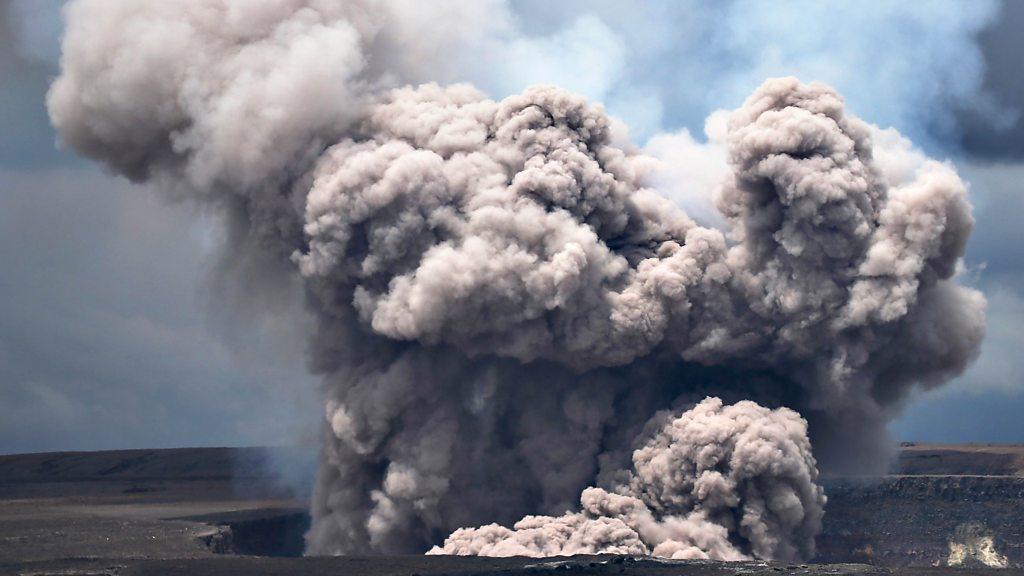
- Published18 May 2018
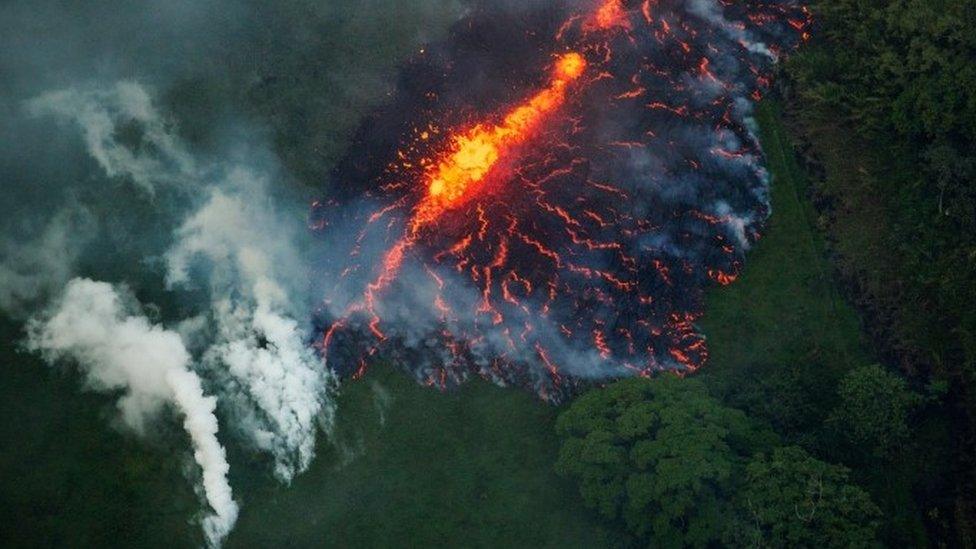
- Published14 May 2018
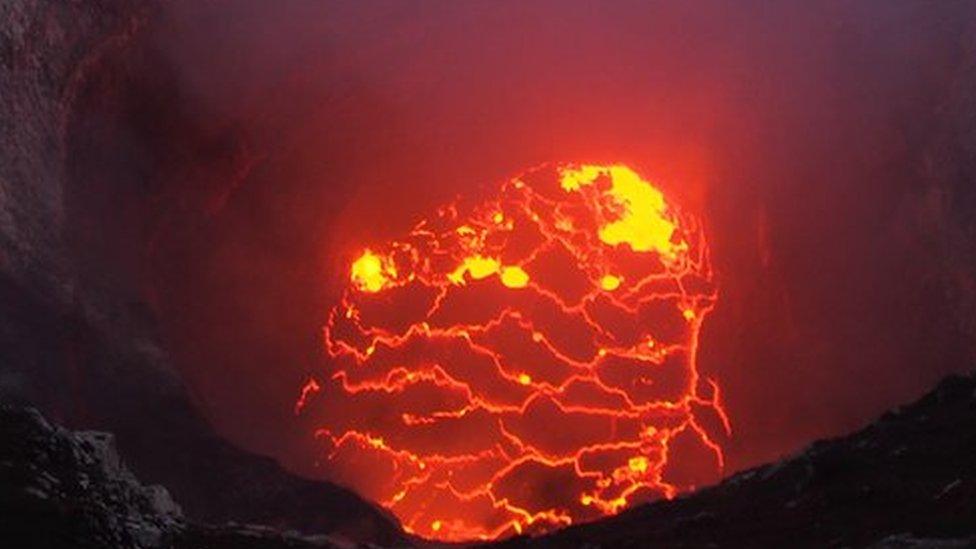
- Published17 May 2018
